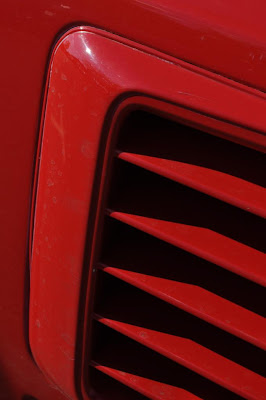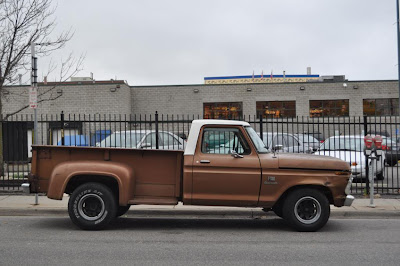





The SLX was Acura's first foray into the luxury-SUV Market, and to be honest, it wasn't successful because it wasn't good. Most people who buy luxury SUVs could care less about how well it does or doesn't do off-road. On road, is where its abilities matter--and that's where the Isuzu-bred SLX failed--miserably. Road handling is awful; it's top-heavy, it guzzles fuel like no-ones business, and because it looks exactly like an Isuzu Trooper, it doesn't really stand out in a crowd. Pretty much the opposite of what the luxury SUV buyer is looking for. As a result, prices now are at rock-bottom provided you can actually find one. Off-road prowess will be decent, but nothing else is. The fact that Hondas are also known for serious rusting doesn't exactly help its cause, either.
I've seen a few SLXs, but never thought to blog one, then it hit me. This is probably the only facelifted SLX I've seen here. I'm stumped on the name SLX, though. Since it was a Trooper clone, shouldn't it have been called the TLX or at least something more logical than SLX? Whatever the reason, the Acura did start their **X nomenclature for what its worth. I generally view this as a bad thing; I miss actual names, like when the Legend was simply that, not the RL, or when the Integra was an Integra, and not an RSX.
Aside from that little rant, this particular SLX strikes me as being well looked after. These, and Troopers, tend to rust heavily in the wheelwells, and on the door bottoms. Here, I see no evidence of such rust. I also respect that the factory wheels are still in good shape, and free of curb rash. I couldn't speak for the interior, but I would assume that it's in good nick as well. One thing I took notice of, is the spare tire cover. I'm sure its a factory option, but the two other SLXs I saw didn't have any spare tire that I could see.
I enjoyed this sighting, if only because it's of a relatively rare vehicle that I probably will never see again. I do realize its more modern than anything else I would post, but it's probably rarer than most of the stuff I post too.











































